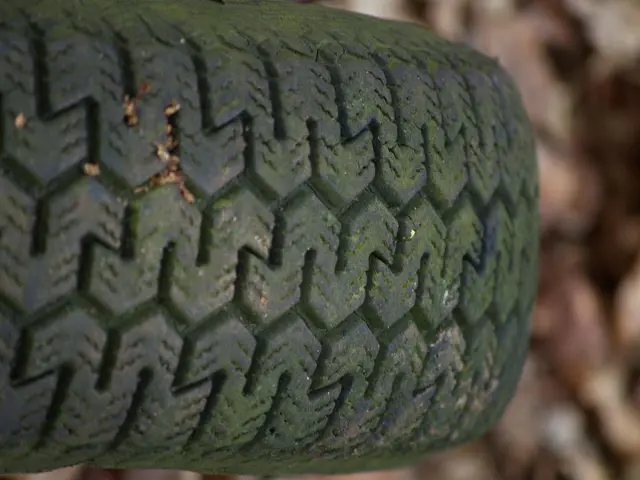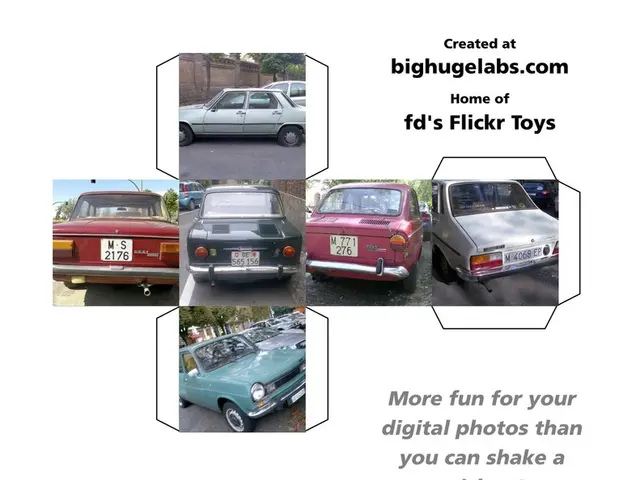Aerial Refueling Techniques, Advantages, and Upcoming Advancements
Fueling the Skies: An Evolution of Air-to-Air Refueling
Air-to-air refueling, a game-changer in both military and commercial aviation, allows planes to extend their mission endurance and operational range during flight. It’s a critical lifeblood that has significantly evolved over the past century, with breakthroughs in technology and strategic applications enhancing its role in modern aviation.
Historical Milestones
The groundbreaking idea of air-to-air refueling first emerged in the early 1920s. In 1923, two Airco DH.4B biplanes became the first to successfully perform a mid-air fuel transfer between US Army Air Service aircraft—a monumental moment that revolutionized aviation history. Since then, various methods and technologies have been developed to optimize the efficiency and safety of this vital operation.
Aerial Refueling Methods
There are two primary methods for air-to-air refueling:
- Probe-and-Drogue System: In this technique, a tanker plane extends a hose with a drogue (a funnel-shaped device) at its end, while a receiver plane is equipped with a probe that the pilot manipulates into the drogue for the connection.
- Flying Boom System: This method employs a telescoping boom controlled by an operator aboard the tanker, directing it into a receptacle on the receiver plane to facilitate fuel transfer.
Advantages and Future Prospects
Implementing air-to-air refueling offers strategic advantages:
- Extended Range and Endurance: By refueling mid-flight, aircraft can undertake longer missions while reducing the need for ground refueling stops.
- Increased Payload Capacity: Aircraft can take off with heavier payloads without being weighted down with excessive fuel.
- Operational Flexibility: Aerial refueling allows for rapid redeployment and sustained air operations, crucial in both military and humanitarian missions.
However, air-to-air refueling does present certain challenges, such as technical complexity and safety risks. ongoing technological advancements and integrated unmanned aerial vehicles (UAVs) as tanker planes are likely to significantly improve the efficiency and safety of these operations, making aerial refueling more accessible across various aviation sectors.
Environmental Considerations
The environmental impact of air-to-air refueling is a significant concern, with concerns about fuel consumption and emissions. Nonetheless, studies suggest that air-to-air refueling in civil aviation can lead to fuel savings of up to 40% by reducing the need for multiple takeoffs and landings, contributing to greener aviation practices.
The Path Ahead
Future developments in aviation technology are poised to enhance the efficiency and safety of air-to-air refueling operations. The integration of automated refueling systems aims to reduce human error and improve precision. Moreover, UAVs used as tanker planes could provide flexible and cost-effective refueling solutions in the future. As the industry embraces sustainability and technological innovations, we can expect more environmentally conscious and efficient air-to-air refueling systems to emerge.
Exciting Prospects
- Sustainable Aviation Fuels and Propulsion Technology: Advances in engine technology and sustainable aviation fuels (SAF) are crucial for improving fuel efficiency and reducing emissions.
- Airframe Design and Refueling Efficiency: Modern materials, aerodynamic enhancements, and blended wing body designs could lead to more efficient air-to-air refueling processes.
- Civil Aviation and Potential Applications: The avionics industry’s focus on greener, smarter technologies could aid in developing more efficient and sustainable refueling systems.
- Military Aviation and Future Directions: Cutting-edge materials, advanced sensors, real-time monitoring systems, and autonomous systems are exciting possibilities for enhancing the efficiency and sustainability of military aerial refueling operations.
In the evolution of the aviation industry, air-to-air refueling plays a significant role, providing critical advantages such as extended range and endurance, increased payload capacity, and operational flexibility to both military and commercial aircraft. The future of this technology is promising, with advancements in technology, including automated refueling systems and the use of unmanned aerial vehicles (UAVs) as tanker planes, aiming to improve efficiency and safety. Additionally, the development of sustainable aviation fuels and propulsion technology, as well as efficient airframe designs and refueling processes, will contribute to greener aviation practices. Overall, the aerospace sector stands on the brink of an exciting new era, characterized by sustainable, technologically advanced air-to-air refueling systems.








